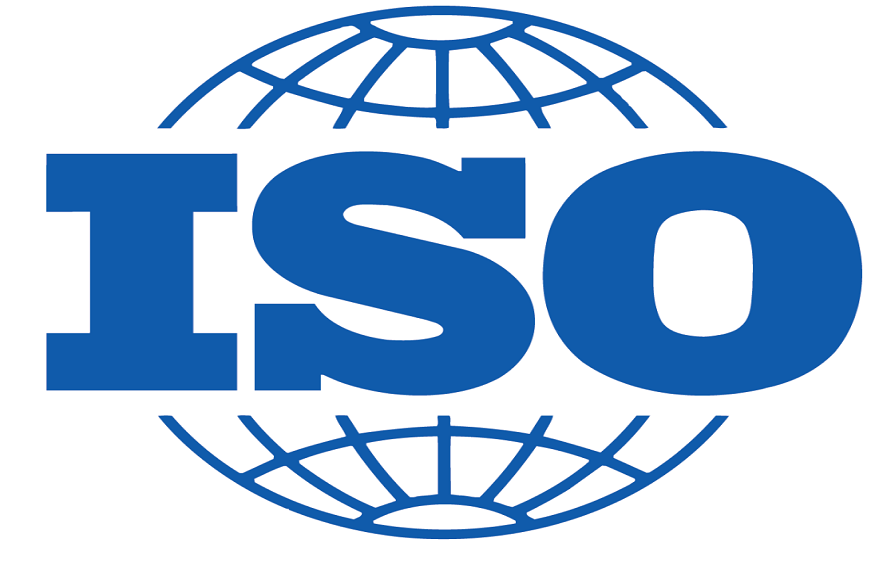26 Views
Why should your organization implement ISO 14001? You will be asked this question a lot if you are not an expert in environmental management. The obvious benefits to the environment will not be lost on everyone in your company. Everyone, from the top to the workers, will want to know the reasons why. It can make all the difference between a smooth and successful implementation or one that is difficult and disastrous. While not all benefits are the same for everyone in your company, here are a few benefits that you can discuss.
1) Improve your image, credibility
It is beneficial to have ISO 14001 certification for tenders and contracts. Although it may not be a requirement, your customers, neighbors, or the local community will be very interested in the way you care about the environment. Customers are increasingly concerned about the practices of companies producing the products they buy. To assure these consumers that you are serious about reducing your environmental impact, you should have an environmental management system in place. This will allow you to identify and manage these impacts. This can improve your image, keep you in good standing with the public, and help to improve community relations. It can also help increase your market share.
2) We will help you to comply with all legal requirements
Implementing ISO 14001 can provide you with a framework that allows you to identify, monitor, and comply with environmental requirements. Although you must comply with all applicable laws before you implement an environmental management system for your business, the system itself can assist in your compliance. In addition, people will see that you care about the environment and have a system for identifying and meeting all the legal, regulatory, and contractual requirements. This will enhance your image and credibility.
3) Increase in cost control
Every company wants to lower costs. It is an accepted fact in today’s economy. However, you may be wondering how an environmental management program can help reduce costs. Your system can help you identify, control, reduce, and prevent environmental incidents from happening. This will allow your company to avoid liability costs such as fines, cleanup, or reparations. The second aspect of the environmental management program is an improvement. It can help you reduce costs by reducing energy consumption and input materials.
4) Greater success rate in implementing changes
Good, accurate data is essential when making the above improvements. This is an important aspect of ISO 14001. These improvement activities will increase your chances of success the first time. You can track the improvement by collecting good data. This will allow you to find out earlier so you can fix problems and recover quicker. This can help you save time and money.
5) Allow faster process improvement
Continuous improvement is an integral part of ISO 14001 and can be used by your organization to make small improvements but also to make greater improvements to your overall organizational processes. You can build your public image, reduce costs, and improve your employee productivity by using these systems. Engaged employees are more motivated when they feel part of a culture that encourages them to share in the common goal of improving the company.
6) Reduce turnover
Employees who participate in company improvement are more engaged with other aspects of their company, as we have already stated. Most people prefer to work for a company that cares about the environment. Engagement in a group effort by employees to reduce the company’s environmental footprint will result in increased employee focus, retention, and lower costs to hire and train new staff. Each dollar spent helping employees to become more engaged in more money saved for training and recruitment.
Implementing an environmental management system that meets ISO 14001 standards is a way to improve the environment and reduce the environmental footprint. Even though this is true, it can be difficult for some companies to justify the expenditures needed to implement change. It is possible to justify these costs by focusing more on the long-term benefits than the mere ideals of environmental stewardship.


